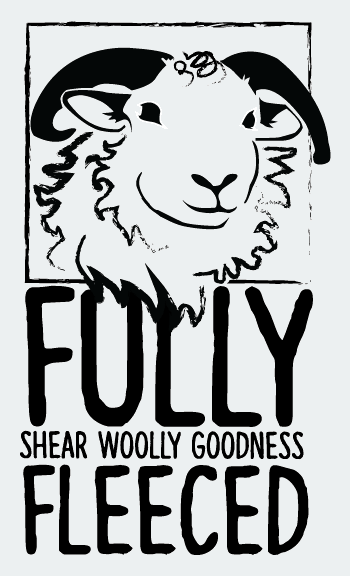Knit Denise! Knit!
Yes, I have finally cast on for something other than a sock (not that there’s anything wrong with socks, mind you). In fact, I am still making progress on the second unmatched pair (“Sock of Destiny” and significant other):
But it is kind of a relief to have cast on for another project.
So, without further ado, may I present the new project:
I know it doens’t look like much now, but before long, it will take shape into a lovely (albeit simple) tunic-y vest. Mostly stockinette, just a bit of cable interest in the front and at each side, and some shaping at the waist.
I had been undecided for quite a bit about what kind of sweater to start, and then it finally dawned on me; I should knit what I need in my wardrobe. Fairly obvious, I know. But these things don’t always occur to you at first when you are planing a project. You can sometimes get swept away on the wings of clever techniques and glossy magazine photos.
This vest is mostly about the yarn and it’s natural variegation. I love this yarn:
This wool came from a guy who lives just north of me in Acme. He’d placed a craigslist ad for wool. $5 a pound for shetland, $1 a pound for all else. So how could I resist?
I called, he gave me directions, and I drove on out there to check it out. This guy has a lot of wool, but it’s all packed in feed sacks up in the loft of his barn, so he goes and gets a ladder, and I climb up there to evaluate his stash by flashlight. There’s a lot of scottish blackface, and some romney, but then I came upon this yummy stuff. Ah- there’s the shetland! What I didn’t realize right away was that there was two years worth of fleece on this sheep. But once I got if home and spread it out on the driveway to see what I had, I basically separated the first years bleached dreadlocks from the silky brown and gray underneath, and still walked away with a lot of really nice wool. It is very convenient in this type of situation that a lot of shetlands naturally shed (or partially shed) their coats each year. The break in the wool between the two coats was easy to pull apart by hand.
Wish I’d met the sheep. She must have been a beauty.







